
"Organic, grass-fed, free range." All-natural and related products are all the rage right now.
And the craze isn't limited to our food—it's sweeping the internet as well.
The value of authenticity continues to grow in our world, from our politics to our SEO.
As you probably know, backlinks are crucial for great rankings on Google.
Naturally, the work of gaining backlinks—or link building—is a popular SEO discipline, and a big part of many marketing teams' playbook.
The best links to build are natural backlinks.
But wait, why wouldn't all links be natural?
Because at some point during the collision of marketing, business and the internet, the unnatural backlink was born.
A History of Unnatural Backlinks
Google makes it plain that links are important. In fact, they state "Have your site mentioned in useful places online."
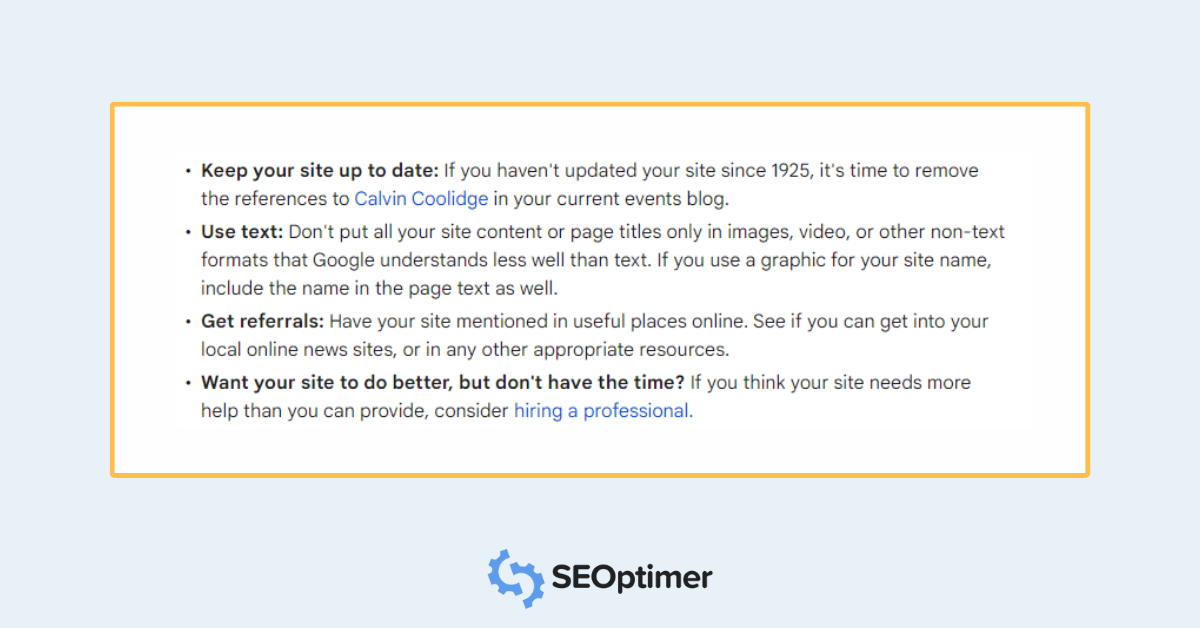
As the practice of SEO grew in the 2000s, many people began to "hack" the Google search algorithm by creating link schemes. Link schemes are an attempt to boost a site's authority through the creation, acquisition or purchase of low quality and irrelevant links.
Google stopped this practice in its tracks with Penguin, a Google algorithm update released in April 2012 that penalized sites who had what Google considered unnatural link profiles.
This was only the beginning.
Since then, Google has released many small updates over time to crack down on spammy link-building techniques and practices.
Google's Quality Rater Guidelines now define an unnatural link in specifics, and sites often receive manual actions (read: penalties) if Google thinks they are in any way manipulating the system.
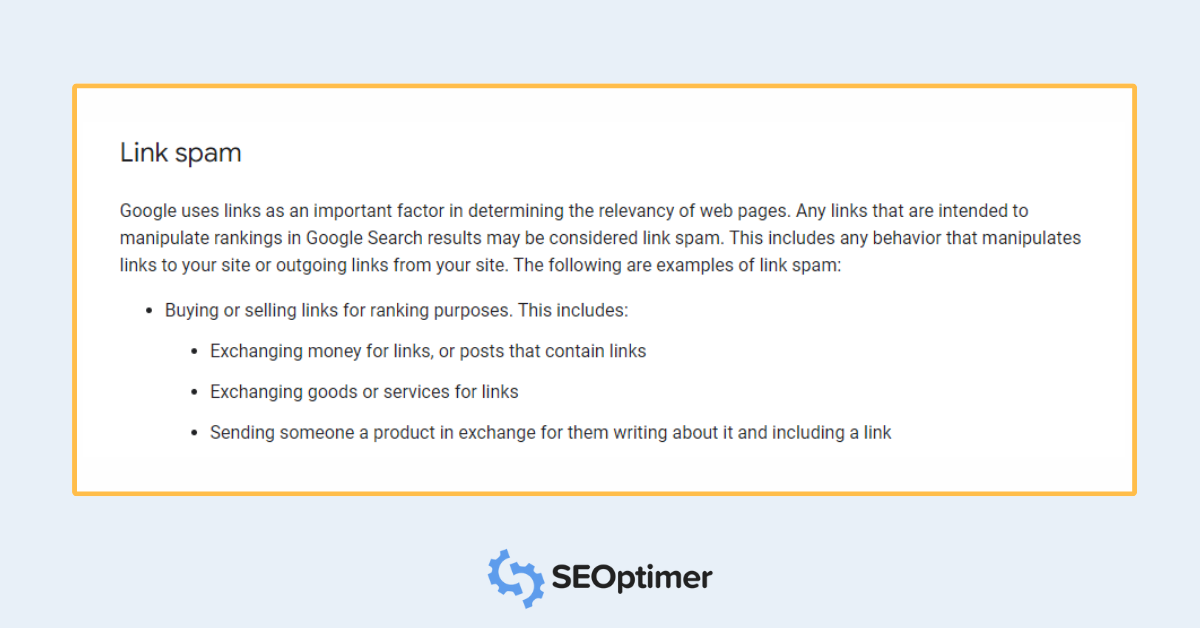
An unnatural link is defined as:
- A paid link
- A link in exchange for goods / services
- Excessive link exchanges
- Large scale article marketing or guest posting
- Low quality directory links
- Optimized links in footers
- Widely distributed links in footers
So What Is a Natural Backlink?
Now that we've covered why the term "natural backlink" even exists, let's define it.
There are two primary opinions when it comes to natural backlinks. Most SEOs believe a natural backlink is either:
1. A link you don't ask for, meaning the content of your webpage is found valuable enough that someone links to it without being prompted or asked.
2. A link found in relevant context with non-commercial anchor text (whether it was asked for or not)
The key difference in these stances is the proactive promotion of your content. And the key question is whether or not it's okay to participate in link building.
Google says "links should develop...when other sites find your content valuable and think it would be helpful for their visitors.”
In other words, many SEOs get the impression that Google suggests we should all create great content and then sit back and hope others link to it.
And herein lies the great debate.
Let's recap:
- Google says links are crucial for ranking
- SEOs seek to gain links through link building techniques
- Google suggests link building might not be within Google Webmaster Guidelines
This is the conversation you'll find throughout SEO forums across the web.
As you might guess, the phrase that needs to be defined is "link building".
There are obviously some tactics that are manipulative and outside of Google's Webmaster Guidelines: purchasing links, offering exchanges and "making" links on sites pointing back to yours.
But, most believe it's safe to promote content and ask for links, as long as the context is relevant, the content is valuable, and there isn't any kind of exchange (monetary or otherwise).
If you're going to get natural backlinks, good and valuable content is the foundation.
The web is saturated with content. In 2015, there were 2 million blog posts being written per day, in 2023, that figure has climbed to 6 million per day. If you want to have any chance at standing out and earning links, the content you publish has to at least be better than your competitors.
So how can you stand out?
4 Types of Valuable Content
There's still a place for a really well-written blog post, but most are finding you've got to get a little more creative.
Here are four types of content sure to earn you natural links—whether you're putting much effort into link outreach or not.
1. Industry Surveys
Industry surveys are natural link building machines.
Sure, you could write an article giving your take on a subject. But what if you could ask hundreds of experts what they think of a subject and compile the results instead?
I know I'm definitely looking to read and link to the latter.
BrightLocal has a stronghold on this tactic in local marketing. They conduct a few surveys a year like the Online Reputation Management Survey and the Consumer Review Survey.
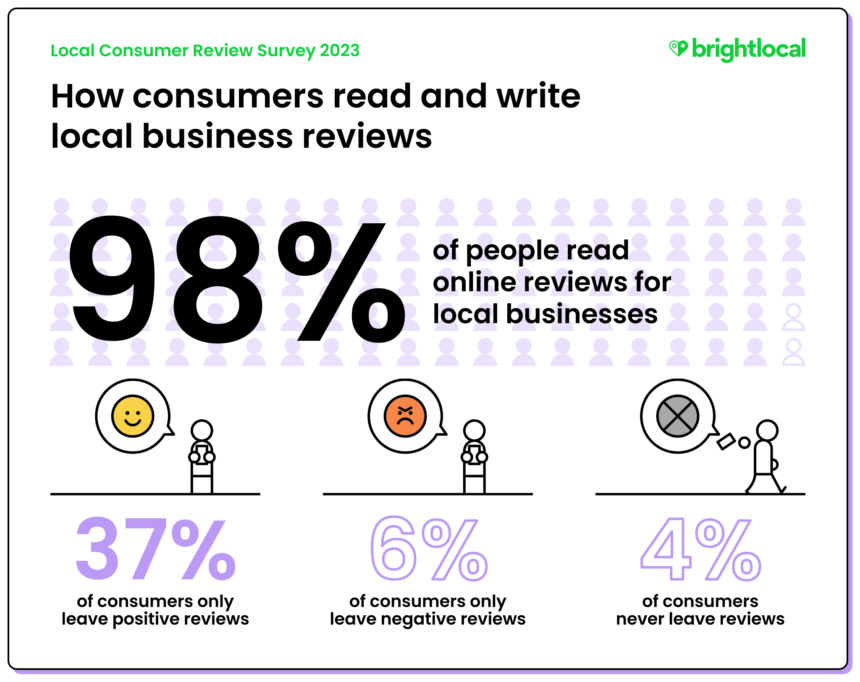
If you want to find out how to conduct a great industry survey and earn some links, check out this awesome guide from Zapier.
2. Research/Experiments
Similar to an industry survey, another great way to get natural links is by conducting an experiment and posting the results.
This kind of content earns tons of natural links via citations from other industry leaders, and at times has the potential to go viral if the research is solid.
In the world of SEO, people are always conducting experiments on how to rank better, what happened when they did X, and more. One such post is from Ripen, who examined 746,500 search results for 16,930 keywords to try and determine which factors improve a product's search ranking.
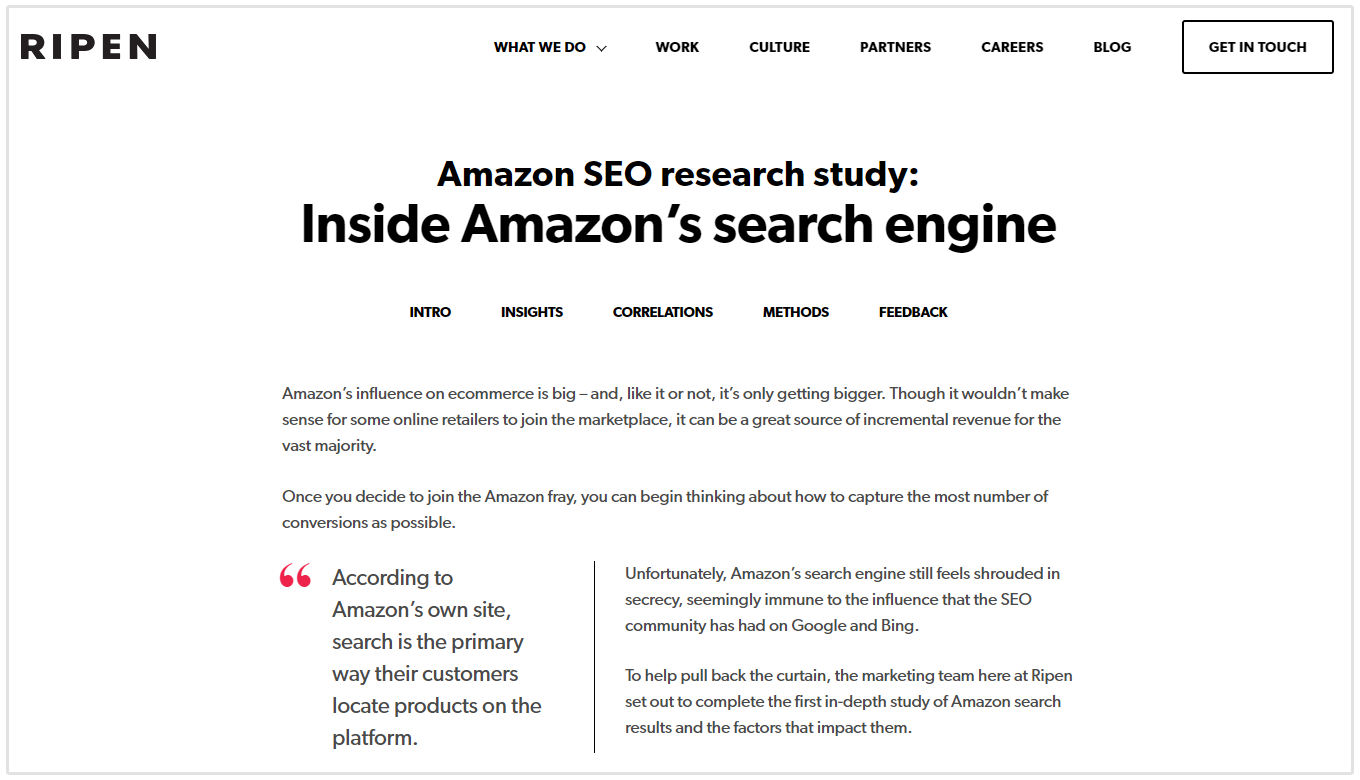
And it doesn't just work for the SEO industry.
One of my all-time favorite examples comes from Business Insider, where a staff member ate like Warren Buffet for a week and detailed what happened.

3. Infographics and Visuals
Infographics are a great way to stand out in a saturated field.
For many, a visual is much easier to take in than a 1,500-word blog post. And some subjects and topics are just more easily explained in a visual fashion.
Infographics earn lots of natural links because they're just so helpful.
WebFX regularly puts out fantastic infographics like this one on Music and Productivity.
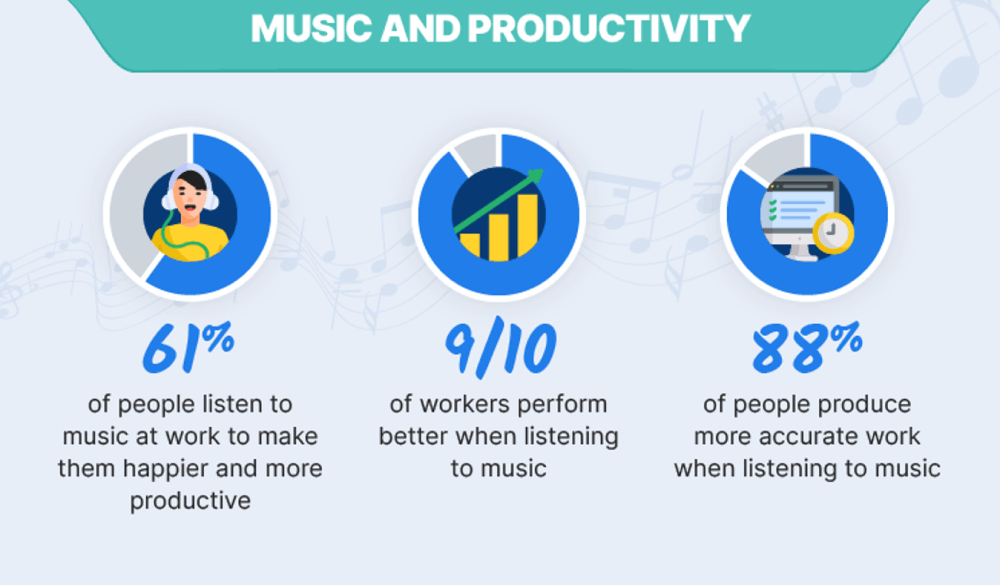
4. Statistic Posts
Are you ever writing a post and in need of a solid statistic to back up a point? If you're anything like me, you probably take to Google and search "statistics on digital marketing 2024."
And if you're anything like HubSpot, you'll have a fantastic compilation of each and every relevant statistic I might need wrapped up with a bow, and you'll earn at least one or two natural backlinks in the process.
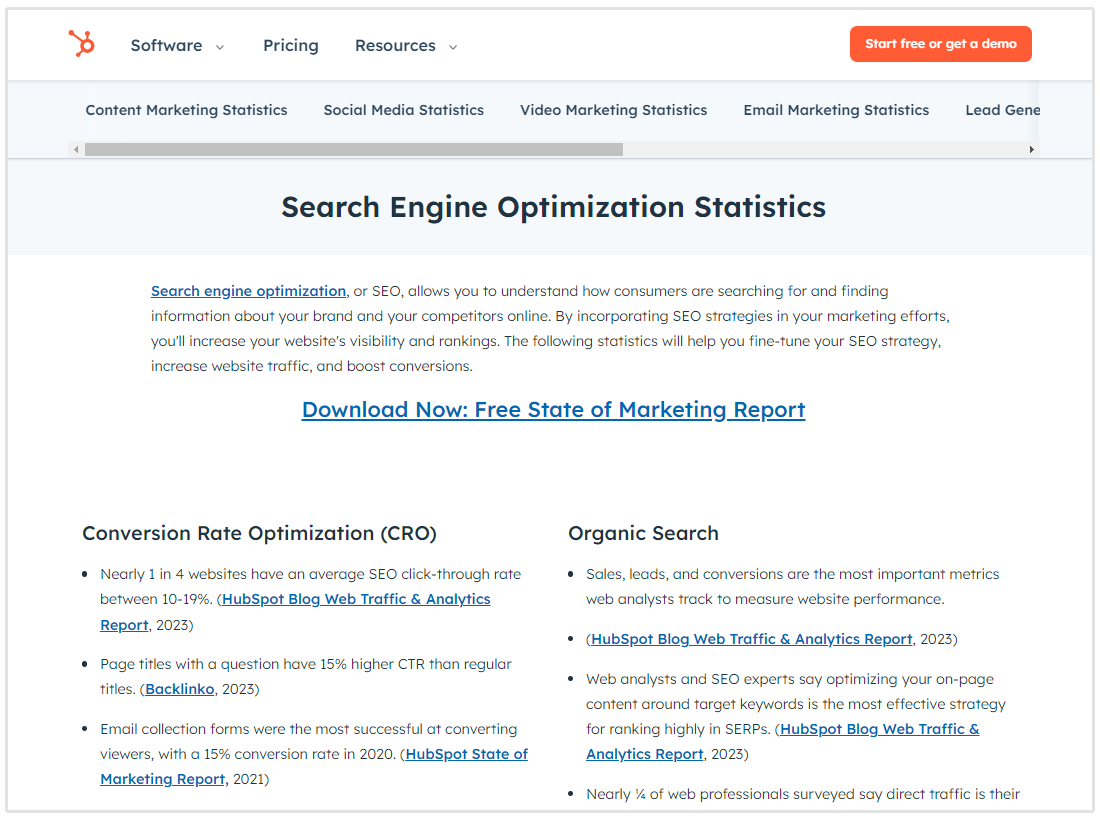
3 Ways to Get Natural Backlinks
Those types of content might just bring in hundreds of natural backlinks without you having to try.
But if they don't, here are a few ways to help you get natural backlinks in an ethical way that won't earn you any manual actions from Google:
1. Offer Value in Ethical Outreach
Performing link outreach with a piece of content that looks just like everyone else's is just a waste of time.
It's critical you offer value when you're promoting your content. Don't waste people's time with an average blog post. Your content must stand out from the competition if it's going to catch anyone's eye.
If you've got some truly valuable content, there should be no shame in promoting it.
First, do some link prospecting to find other sites who write on similar content.
Then, craft a great outreach email—without asking for money or a link in exchange. Simply lay out your content and why you think this site might find it valuable to their audience. Don't pressure or hound—just offer the value.
If they agree, boom! You've got a natural backlink. If not, it's okay, back to the drawing board!
2. Rank for the Target Topic
Another great way to get natural backlinks is simply by ranking well for the target topic and keyword. You'd be surprised how many natural backlinks you rake in simply by being in the top 3 for a highly searched term.
So how do you do it?
There are plenty of tactics for ranking well—far too many to cover in this post. But if you really want to rank well, again, you need really great content.
"10x content" is a popular phrase coined by Rand Fishkin. He proposes that you beat out your competitors and earn great rankings when your content is 10 times better than anything else that comes up on a search results page.
Another tactic is to go after longtail keywords with lower competition. Longtail keywords typically mean less traffic. And less traffic means less potential for links, but the lower the competition, the easier it'll be to rank.
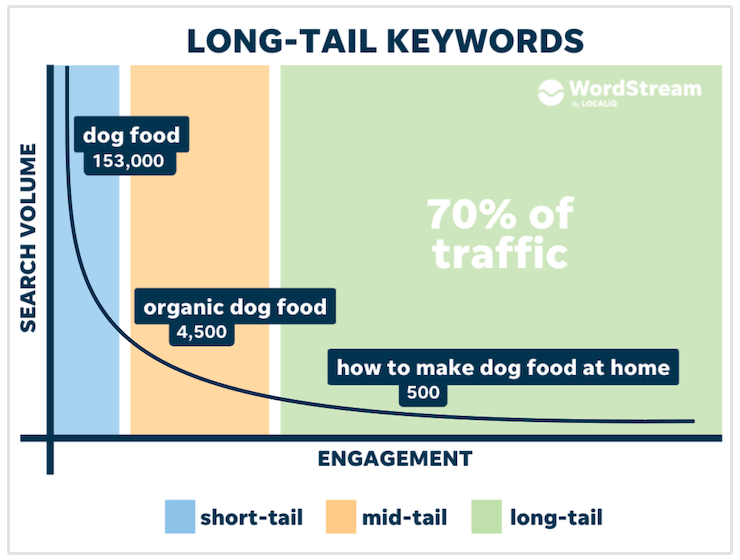
3. Monitor Your Backlinks
Last but not least, keep a close eye on your backlinks. This is a great way to keep track of what kinds of content are earning you good, natural links.
SEOptimer makes this easy with our Backlink Monitoring tool.
All you have to do is add your domain for tracking and you'll see your updated backlink profile at the click of a button.
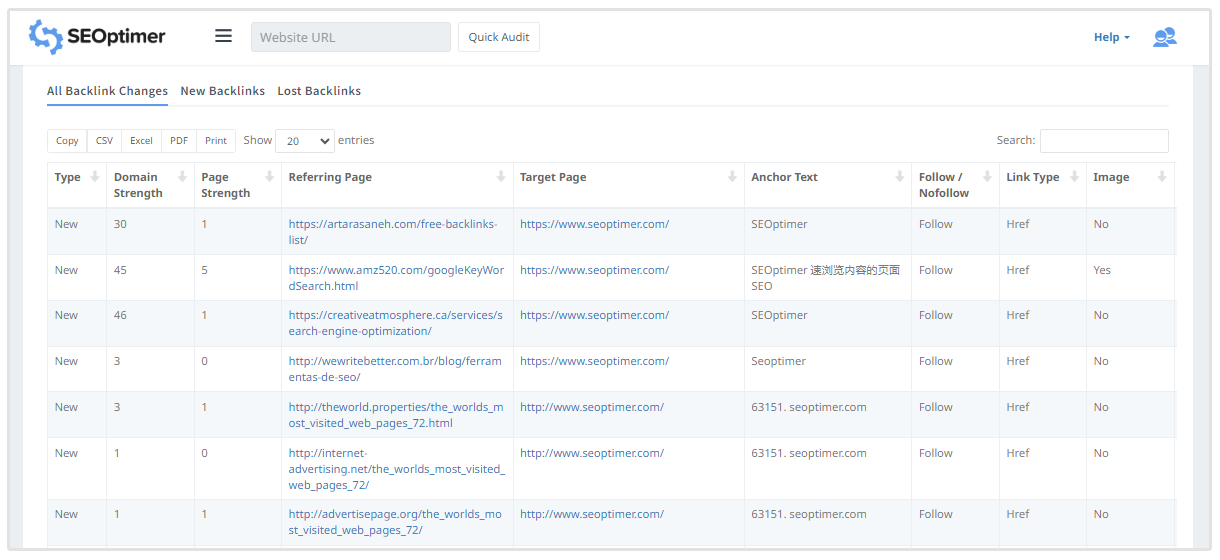
Looking at your backlink profile, you can then find out what pieces of content are earning links.
Of course there's no real way to know whether or not you earned the link 100% naturally—but hopefully you're aware of which sites you reached out to.
You can sort by Domain Strength or Page Strength to find your best links.
Keep track of which types of content and approaches are working for you.
Then, simply rinse and repeat.
Now, instead of wasting your time in forums, chats and Google Webmaster hangouts debating what may or may not be the proper way to get natural backlinks, go get to work and create some killer content!










